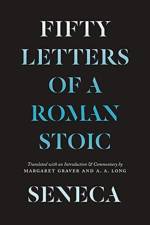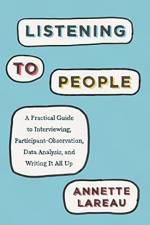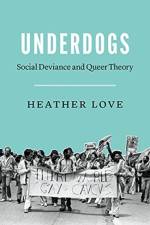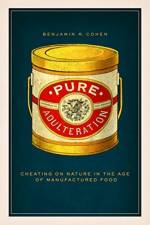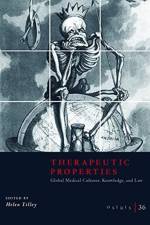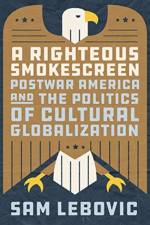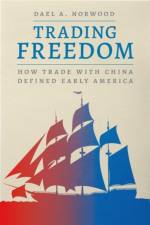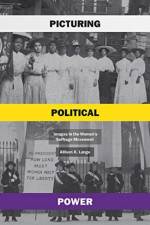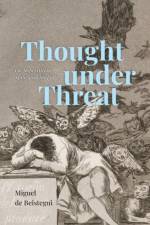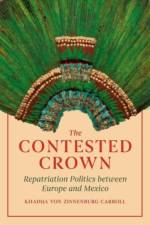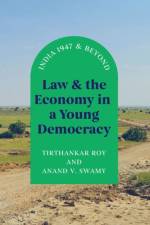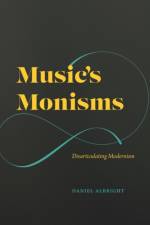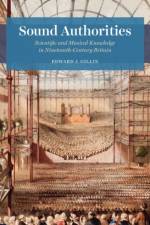- On Superstition, Spite, and Stupidity
av Miguel de Beistegui
589
"Thought Under Threat is an attempt to understand the tendencies that threaten thinking from within. These tendencies have always existed, but today they are on the rise and frequently encouraged even in democracies. People "disagree" with science and distrust experts. Political leaders appeal to the hearts and guts of "the people," rather than their critical faculties. Stupidity has become a right, if not a badge of honor; thinking is considered "elitist." For Miguel de Beistegui, however, thinking is intrinsically democratic, a crucial part of exercising freedom. In the book, de Beistegui describes a long philosophical tradition, according to which it is the job of the philosopher to guard against these vices that threaten philosophy from within, with the philosophical life amounting to a form of intellectual care or self-vigilance. For de Beistegui, stupidity is not simply the opposite of intelligence or common sense; spite is not only a moral vice, distinct from the exercise of thought; and superstition is not reducible to a set of false beliefs. Rather, he argues, thoughtlessness grows from within thought itself. Or, put differently, thought needs to engage in a recurring struggle against these vices, which it carries within itself, to thrive. De Beistegui alerts us to the blind-spots in our thinking and shows how thought itself can be used to ward them off, making possible productive dissensus, deliberation, and, ultimately, a thinking community"--

